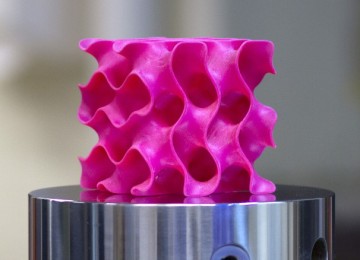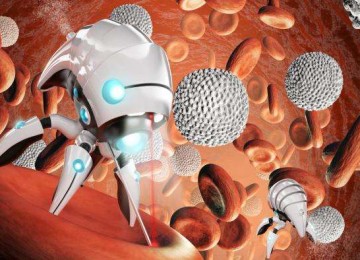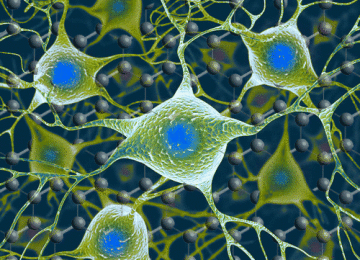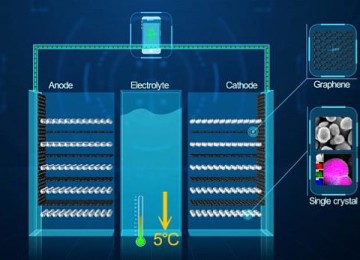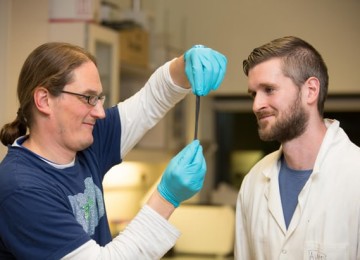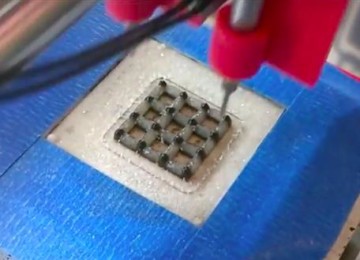Graphene biosensor has new detection method for DNA mutations
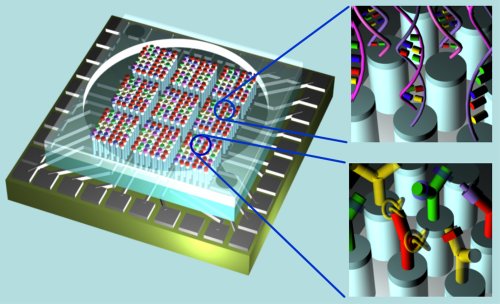
Graphene biosensor has new detection method for DNA mutations
Researchers at the University of California “UC”, San Diego, new graphene biosensor consist of a chip that has a graphene Field Effect Transistor “FET” which contains a DNA probe.
Detecting mutations in DNA no longer requires a long time, high cost or equipment it once did thanks to a newly developed graphene biosensor.
The double-stranded DNA has a sequence coding engineered to detect DNA or RNA ( RNA is a polymeric molecule implicated in various biological roles in coding, decoding, regulation, and expression of genes. but unlike DNA it is more often found in nature as a single-strand folded onto itself, rather than a paired double-strand. ) with a specific single nucleotide mutation. An electrical signal is produced by the chip whenever this targeted type of DNA or RNA binds to the probe.

Schematic of DNA strand displacement on the graphene biosensor chip
Attached to the probe is a regular strand of DNA is a “normal” strand of DNA, and bonded to this strand is a “weak” strand. The weak strand has four G’s in its sequence replaced with inosines, effectively weakening its bond. Together, the two strands create a double helix which operates DNA strand displacement.
Any DNA strands which perfectly complement the normal strand will bind to the normal strand and the weak strand will be knocked off. Because the DNA probe is connected to the electronic biosensor, the chip is able to operate electronically. Eventually, this information could then be wirelessly transmitted to any smart device like mobile or smartwatch.
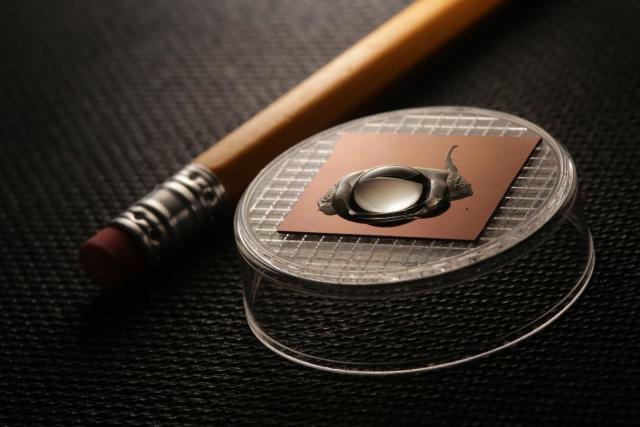
Single gene mutation biosensor(source UC San Diego)
The double-stranded probe also offers greater selectivity than more common single-stranded DNA probe sequencing faster and more efficient only perfectly matched DNA strands to the normal strand are but able to displace the weak strand of the probe also. As a result of using a double-stranded helix, the probe can also be longer. Thus, the chip is able to scan longer segments of DNA for mutations. The longer the probe, the more certain the DNA sequence is unique in the genome.
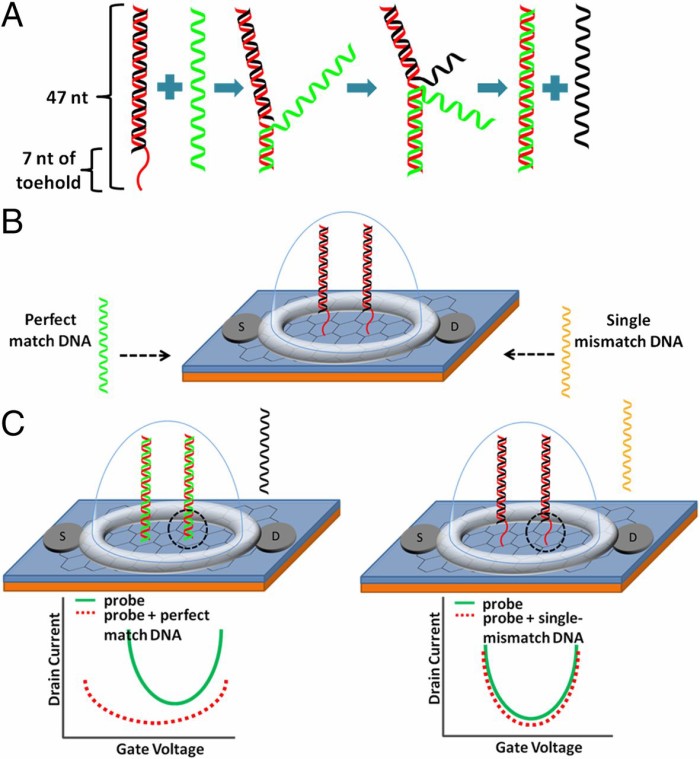
Illustrate of graphene FET biosensor how work
Graphene biosensor detects pathological conditions:
The Graphene biosensor chip offers a new method of detecting the most common genetic mutation, a single nucleotide polymorphism “SNP” is a variation in a single nucleotide in the DNA sequence that occurs at a specific position in the genome, where each variation is present to some appreciable degree within a population
but when to grow more can appear to have some kind of disease like cancer, diabetes, and neurodegenerative disorders, among other pathological conditions.
This technology could, in principle, be applied to a variety of medical situations. Blood-based tests for early cancer screening, monitoring disease biomarkers, and realtime detection of viral and microbial sequences are all candidates for this technology.
This technology could test a variety of medical situations. Blood-based tests for early cancer screening, monitoring disease biomarkers, and real-time detection of viral and microbial sequences are all candidates for this technology.












